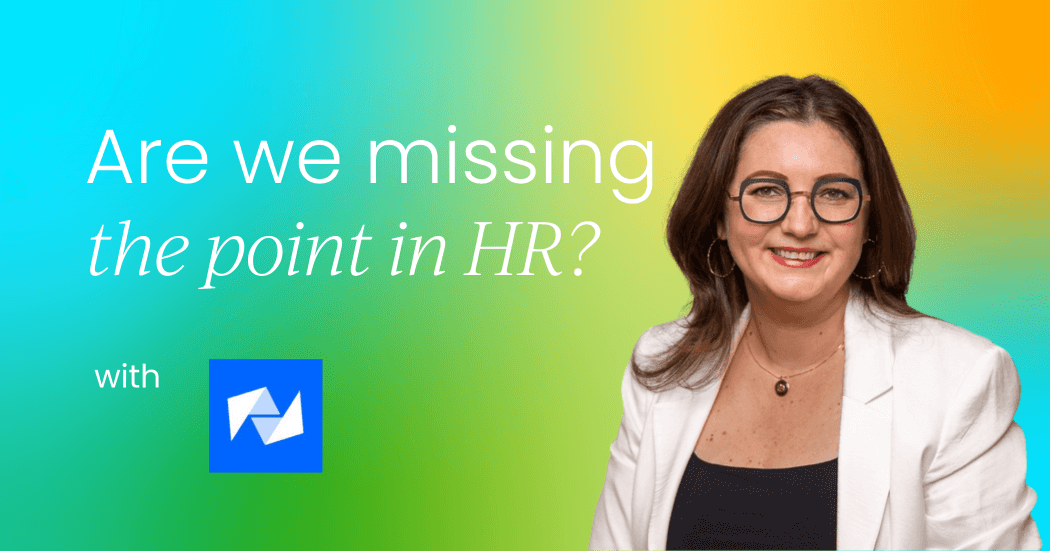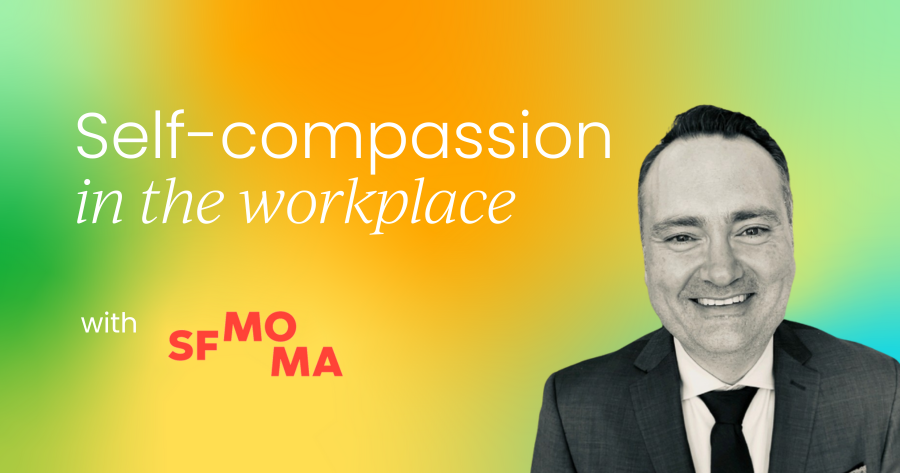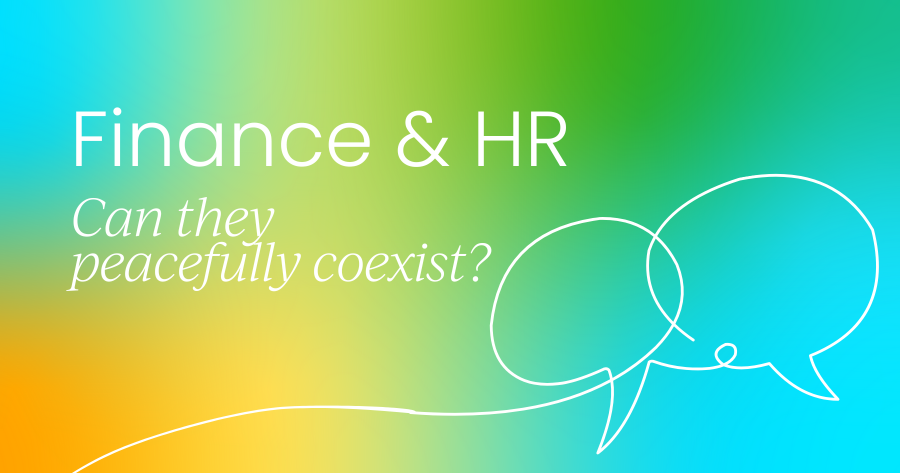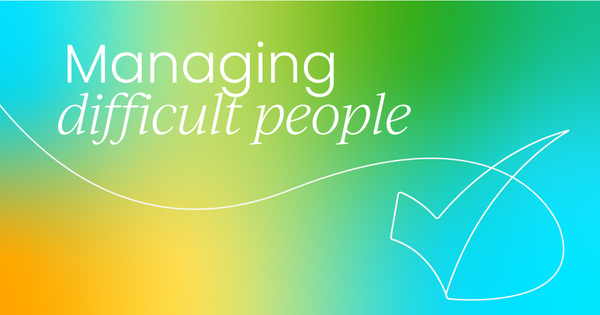Let’s be honest, dealing with difficult people at work can be really draining. Difficult interactions can arise unexpectedly, and it's often impossible to pinpoint exactly when or where they'll happen.
No matter how much we love our jobs, we've all had those moments where a colleague's negativity, stubbornness, or just plain rudeness throws off our whole day. And if you're in HR... well, you're probably dealing with these situations on a whole other level.
Workplace conflict is more common than you might think. CIPD’s survey revealed that more than one in three employees (35%) reported facing some form of workplace tension in the past year - whether a single disagreement or a persistent challenging relationship.
But that doesn't mean you must grit your teeth and bear it. Rather than letting the issue continue, we’ll help you:
- Identify those challenging behaviors and understand their root causes.
- Proactively prevent difficult situations from arising in the first place.
- Effectively manage tricky interactions when they do occur.
Whether you're an HR professional, a team leader, or simply someone who wants to improve their workplace relationships, this guide is for you.
Identifying difficult behaviors
You can likely pinpoint difficult behavior very quickly when it happens (it’s kind of hard to miss). But it’s important not to misinterpret someone’s bad day for ongoing problematic behavior or a deeper conflict.
Taking a moment to assess the situation can help distinguish between a temporary frustration and a pattern that needs to be addressed.
Here are a few common types of behavior you might encounter:
Negativity
Continuous negativity in the workplace can sap team morale as negativity can spread like wildfire. Things like complaining (about more than the bad weather), criticizing others, and shooting down ideas can create a toxic environment that stifles collaboration and innovation.
Aggression
Remember, aggression doesn’t always have to take a physical form. If someone is quick to anger, often raises their voice, interrupts, or even resorts to personal attacks, you’ve got an issue that needs to be addressed. This could manifest into things like slamming doors, storming out of meetings, or sending angry emails to other team members (or even clients).
This type of behavior creates a hostile environment, intimidates colleagues, and can even escalate to harassment.
Passive-aggressive
This one can be a little harder to spot because it’s essentially when someone expresses negativity indirectly through things like sarcasm, subtle jabs, or silent treatment. Think: "Sure, I'll get right on that..." (but never actually does), or agreeing to something but then undermining it behind the scenes.
Resistant to change
Clinging to the old ways, this person actively resists new ideas, processes, or technology. You’ll likely hear comments such as “But we've always done it this way!" or finding fault with every proposed change. When this happens, it can hinder progress and create frustration for other colleagues.

Gauging the severity
Not all difficult behaviors are created equal. Here's a simple framework to help you assess the situation:
1. Frequency: How often does the behavior occur? Is it a daily struggle, or an occasional outburst?
2. Intensity: How severe is the behavior? Is it a mild annoyance, or does it create a truly disruptive or hostile environment?
3. Impact: How is the behavior affecting others? Is it impacting team morale, productivity, or individual well-being?
By considering these factors, you can better understand the scope of the issue and determine the appropriate response.
Understanding the root causes
It's easy to label someone as "difficult" and leave it at that. But if you really want to address the issue, you need to dig a little deeper. In many cases, difficult behavior is often a symptom of something else going on beneath the surface. From personal stress to a toxic workplace culture or simple misunderstandings, you’ll often discover that handling difficult people is about addressing the root cause rather than just the behavior itself.
The best advice anyone can give you on how to manage difficult people is to do so with empathy. Trying to see things from the employee's perspective can help you uncover the root cause and find a more effective solution.
HR’s role in all this is not only to address the problem at hand, but to look at the bigger picture too. Could something outside of the employee’s control be contributing to the problem to some degree? This might involve you analyzing workplace trends to see if there are any patterns of negativity or conflict in specific departments or teams.
Of course, another big one is assessing workplace culture. Is the company fostering a positive and supportive environment for all employees? Are employees getting enough training and support to succeed in their roles?
Taking a holistic approach like this can help HR create a workplace where everyone feels valued, respected, and supported.

Prevention tips
Preventing problems is always better than trying to fix them later. But sadly, many people at work feel like serious issues get swept under the rug. In fact, nearly one in four employees (24%) believe that their organization ignores or downplays challenging issues like bullying and harassment.
When we ignore problems, it's like we're telling people their concerns don't matter. That not only breaks down trust, it creates an environment where negativity and bad behavior can thrive.
By stepping up and taking proactive steps to prevent these issues, you can build a culture where everyone is accountable for their actions.
To help prevent difficult behavior at work, there are a few proactive strategies HR can implement:
1. Ensure clear expectations for conduct and performance are communicated during onboarding and reinforced regularly.
2. Build a culture of open and honest communication where employees feel comfortable expressing their concerns and ideas without fear of retribution.
3. Provide regular feedback, both positive and constructive. Recognizing and appreciating good work is just as important as addressing areas for improvement.
4. Don't wait for conflict to erupt. Proactively equip employees with the skills to manage disagreements constructively .
5. Train HR staff and managers on how to effectively mediate conflicts between employees.
6. Promote a culture of respect, inclusivity, and collaboration. This means valuing diversity, encouraging teamwork, and celebrating individual differences.
7. Encourage positive relationships among employees through team-building activities, social events, and mentorship programs.
8. Implement programs to support employee well-being, such as stress management workshops, employee assistance programs, and flexible work arrangements.

How to deal with a difficult person (10 helpful strategies)
Even if you try to avoid it, managing people means you’ll eventually have to deal with difficult people in some capacity.
Not knowing how to deal with difficult people will not only cost you time and energy, it’s also a massive drain on workplace productivity. Employees spend an average of 2.1 hours per week engaged in conflict, costing U.S. companies $359 billion annually - the equivalent of 385 million lost workdays, or 2.5 weeks of productivity per employee each year.
With workplace conflict taking such a significant toll, knowing how to handle difficult people properly is essential. So, here are some helpful strategies on how to deal with a difficult person at work:
1. Stay calm and composed
Emotions can escalate workplace conflicts quickly. So, try not to take it personally and remain calm, composed, and objective. The last thing you want to do is get defensive about the situation.
In some cases, the person being difficult will try to get a reaction out of you. By remaining calm, you are the one in control. Reacting emotionally will only escalate the situation so take a deep breath, maintain a neutral tone of voice, and assess the situation before responding.
2. Set boundaries
Clearly communicate your boundaries and expectations. For example, if an employee frequently interrupts meetings with negativity, address the behavior directly by saying, "I value your input, but let's keep our discussion focused on solutions. If you have concerns, we can set up a separate time to go over them." Setting clear expectations helps establish respect and keeps workplace interactions productive.
3. Focus on the behavior, not the person
When learning how to deal with difficult people, make a point of focusing on the specific behaviors that are causing concern, rather than making personal attacks. For example, rather than saying, "You're always so negative," try saying "I (or the team) feel discouraged when I (or they) hear negative comments."
4. Lead by example
Employees take cues from leadership. According to CPP Inc., 29% of conflicts are linked to poor leadership. This means that how leaders communicate, set expectations, and handle disputes directly impacts workplace dynamics.
For example, when leadership lacks clarity, consistency, or conflict-resolution skills, tensions rise, productivity suffers, and a culture of dysfunction can take hold. Strong, proactive leadership is key to fostering a collaborative and respectful work environment.
5. Provide constructive feedback
Many difficult behaviors can be improved with direct, yet tactful, feedback. Try to frame your feedback in a way that is constructive rather than confrontational, focusing on specific behaviors and their impact rather than personal traits.
6. Seek understanding
Make a conscious effort to listen actively to better understand the person's perspective and the reasons behind their behavior. A good tactic is asking open-ended questions and encouraging them to share their thoughts and feelings by asking questions like, "Can you help me understand why you feel that way?"
7. Show concern and express empathy
As we mentioned, empathy is key in these types of situations. By showing concern for the person and making an effort to identify any root causes of the behavior, you affirm that they are important and they matter. You never know what someone is going through, so express empathy to try and show understanding and de-escalate the issue.
8. Find common ground
Even in difficult situations, there's often common ground to be found. Try to focus on shared goals and interests to build rapport. Work together to find solutions that address both of your needs.
9. Be the champion of change
HR has a unique opportunity to not just address individual cases of difficult behavior, but to advocate for a workplace culture that proactively minimizes these issues. This means providing workshops and resources on topics like emotional intelligence, communication styles, and conflict management. You could also promote a culture of feedback, create safe spaces for employees to voice concerns, and continue to lead by example.
10. Know when to escalate
If an employee’s behavior is disruptive, toxic, or in violation of company policies, don’t hesitate to take appropriate disciplinary action. Sometimes, difficult people do not change, and HR must make tough decisions to protect the broader team and company culture.

Recharge your batteries
Let's face it, dealing with difficult people can be emotionally draining. As an HR professional, you're often on the front lines of conflict, navigating sensitive situations and supporting employees through challenging times.
Understanding how to deal with a difficult person effectively can make these interactions more manageable and less stressful. The fact that a staggering one in three U.S. workers believe workplace conflict will increase in the next 12 months highlights the urgent need for proactive strategies and effective management techniques.
But here's the good news: you don't have to face these challenges unprepared or alone.
We’ve created a free Slack channel for HR professionals facing similar challenges. Inside, you can share your experiences, get advice, and find support from a community of HR pros who understand the complexities of managing difficult people in the workplace.



 Follow us on LinkedIn
Follow us on LinkedIn




